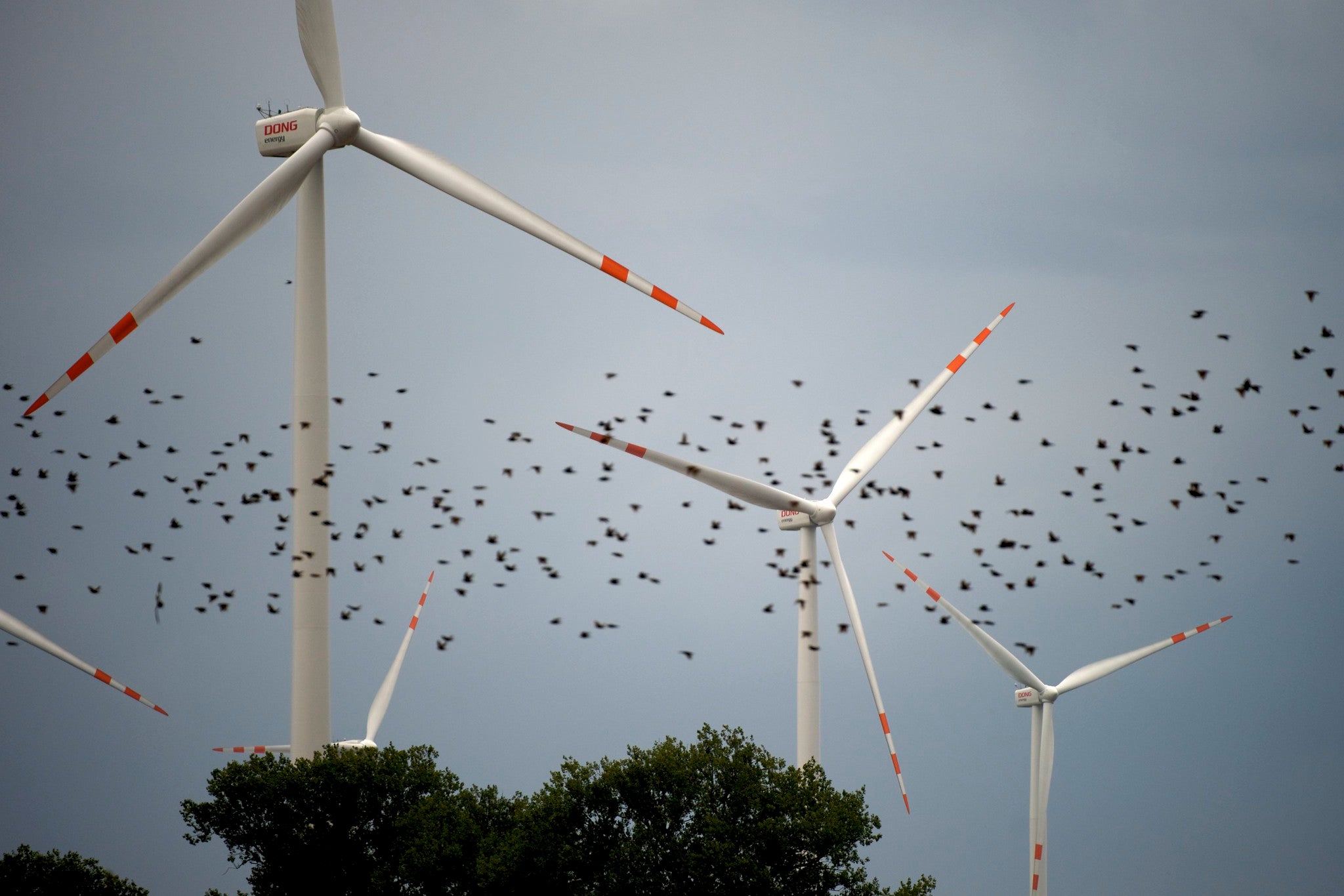
Public consultations for wind power projects often hear the same question: how will this affect wildlife? The issue has followed wind generation since it first became widespread and has never truly gone away.
Still now, bird protection causes significant delays to wind projects. As an example, the 2.4GW Hornsea Three project recently committed to working with conservation groups to minimise its damage to nearby kittiwake populations. Planning around the local bird populations likely contributed to the six-month planning delay as central government reviewed plans.
How well do you really know your competitors?
Access the most comprehensive Company Profiles on the market, powered by GlobalData. Save hours of research. Gain competitive edge.

Thank you!
Your download email will arrive shortly
Not ready to buy yet? Download a free sample
We are confident about the unique quality of our Company Profiles. However, we want you to make the most beneficial decision for your business, so we offer a free sample that you can download by submitting the below form
By GlobalDataHow much of a problem do turbines make for birds and bats?
In Canada, studies sponsored by wildlife groups estimated 23,300 bird deaths were caused by wind turbines in 2011. The authors estimated this would reach 233,000 over the following 10-15 years, getting ten times greater as wind power grows. While even this seems small compared to the 25 million birds killed by windows, the remote locations of turbines means they will likely present risks to rarer bird species.
Conservation groups often object to the developments they believe present the most danger to local wildlife populations. This can delay consent, lead to costly conservation projects as part of developments, or stop projects outright.
Research has found that low-flying birds, such as puffins and terns, tend to avoid offshore turbines by flying under them. However, gulls tend to fly approximately 20m above water, putting them in the danger zone. The British Trust for Ornithology therefore suggests that using fewer, larger turbines could minimise bird deaths compared to large fields of small ones.
What can operators do to protect birds from turbines, and turbines from birds?
At the most basic level, most conservation groups highlight the location of turbines as key. Developers often use computer models of bird activity to help predict where projects can have the least impact.
Some other measures are relatively simple. A paper published to Ecology and Evolution in June 2020 studied the effects of painting one blade of a turbine black. Researchers hypothesised that the paint would allow birds to notice and avoid turbines sooner.
A trial at the Smøla wind power plant in Norway gathered results over 11 years, until July 2020. After painting, the trial turbines killed 72% less birds. The authors noted that painting the blades in-situ took considerable resources, but that painting during construction would minimise costs.

Joel Merriman, campaign director for American Bird Conservancy, pointed out that in the US, Federal Aviation Administration standards require developers to paint blades white or light grey to make them more visible during daylight.
He said: “This is a good start in identifying additional ways to reduce the threat of wind turbines to wildlife. That said, it’s too soon to bill this as a proven technique to minimise bird mortality at wind energy facilities. We’re seeing many people refer to this paper as if it’s a proven method, rather than what it is — an encouraging starting point for further study.
“Different colours, patterns, or less-conspicuous approaches like using UV-reflective paint could also be promising ways to reduce bird mortality. Above all, siting turbines away from high bird-use areas remains the best way to reduce bird mortality.”
There are also more active methods of preventing fatalities. A paper published in January 2021 tested a camera system that would automatically identify and classify flying objects. This system would then decide whether to pause turbine operations to avoid risk to birds.
The authors trialled the system at a facility in Wyoming, US, looking to minimise the deaths of local eagles. When adjusted, the authors found that turbines using the system killed 82% less birds than control studies.
While this helps birds, the technology remains at an early stage. Turbine shutdowns mean lost power, meaning operators may favour generation over conservation. If the system works at a wider level, authorities may choose to make these systems mandatory to avoid such conflict.
Large birds, such as eagles, can be relatively easy to identify during the day. But what systems can save nocturnal fliers?
Where do bats present a big turbine problem?
In some areas, turbines present their greatest danger not to birds, but to bats. While the fundamental risks are the same, bats are much less understood than birds, and are often more endangered with less protections.
In the EU, all bats have legal protection because of Eurobats legislation. A Eurobats meeting from 2014 outlined two methods of preventing bat deaths: “Current knowledge continues to suggest two measures: change of the cut-in speed to higher wind speed values, and the use of blade feathering position during low wind speeds. This means preventing turbines from freewheeling or doing so only at very low rates, generally less than one revolution per minute.”
Raising the cut-in speed for turbines would mean less generation for operators, and hence can prove unpopular. However, in some areas the need for power and conservation overlaps, leaving developers no choice.
Bats are most active at periods with low wind speeds, so limiting generation to higher wind speeds helps prevent deaths. As a US National Renewable Energy Laboratory paper writes: “Currently, only stopping turbine blades from spinning during predictable high-risk periods has demonstrated effective reductions of fatalities of bats.”
Can technology help operators react to wildlife more adaptively?
Natural Power global head of wildlife technology Christine Sutter told us: “In the US, within the range of the federally endangered Indiana bat, it is common for wind farms to operate under a Technical Assistance Letter that requires curtailment at night during the peak fatality season, when wind speed is at or below 6.9m/s. Generally, this lasts from July to October, but the periods are location specific.”
As in this example, periods of blanket generation curtailment can mean lost generation at low speeds. At the same time, some species of bat remain active at higher speeds. European operators will encounter more migratory bats such as Nathusius’ pipistrelle, which will not receive protection from blanket curtailment such as this.

In January 2021, Natural Power, a renewable energy consultancy, announced the development of turbine control software to help prevent bat deaths. The Detection and Active Response Curtailment (DARC) software shuts down turbines when sensors detect bat activity.
Sutter continued: “The DARC system only curtails when bats are at risk: when they are present in the rotor-swept area. The decision subsystem within DARC considers both wind speed, as a surrogate for energy production, and bat risk when determining when to pitch out the turbine blades. At each site, there is a threshold wind speed above which the turbines will never curtail, and this prevents significant power losses.”
Field tests carried out by the company in 2020 found the system caused fewer bat deaths and generated 40% more energy than with blanket shutdowns. Sutter says the company has since added better system health monitoring and alerting.




